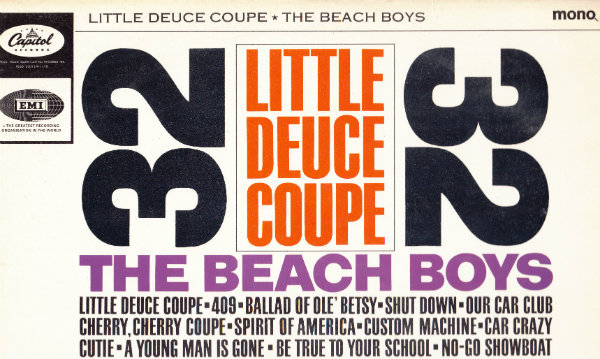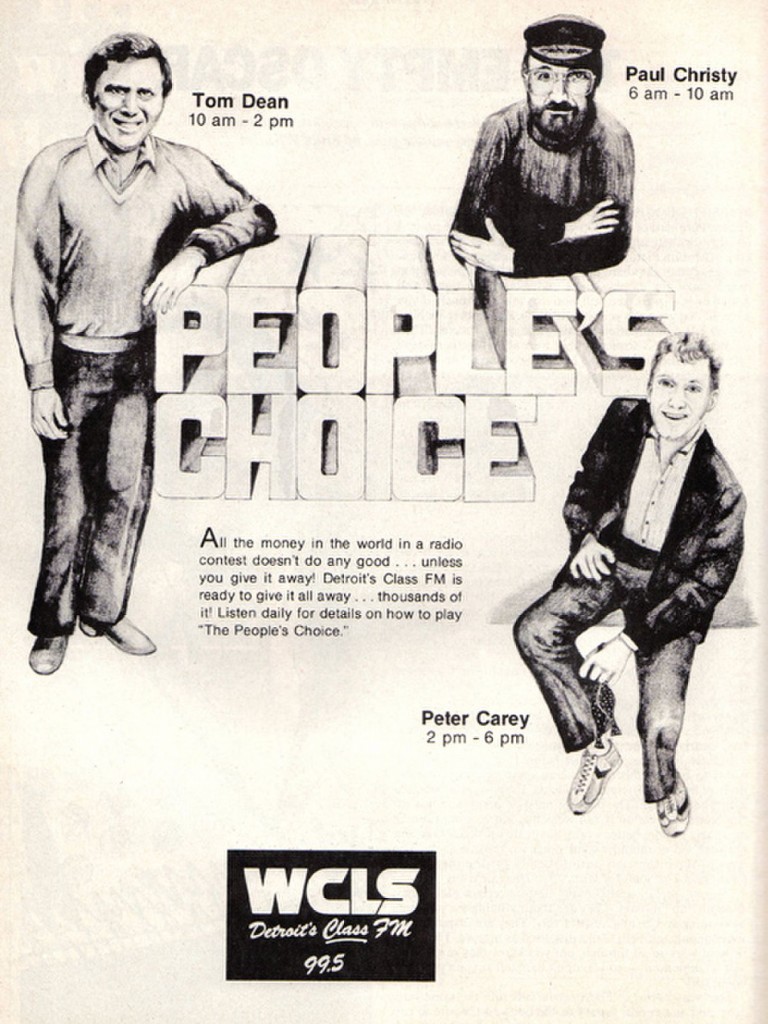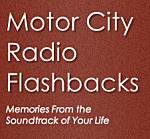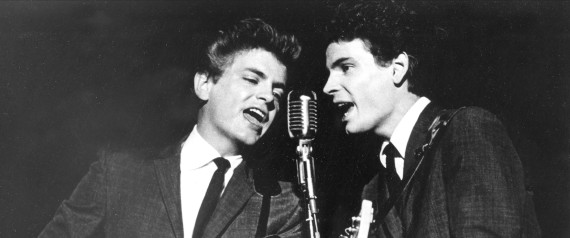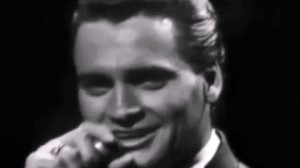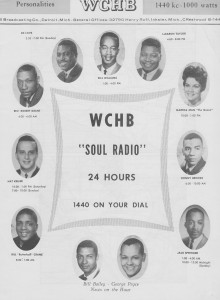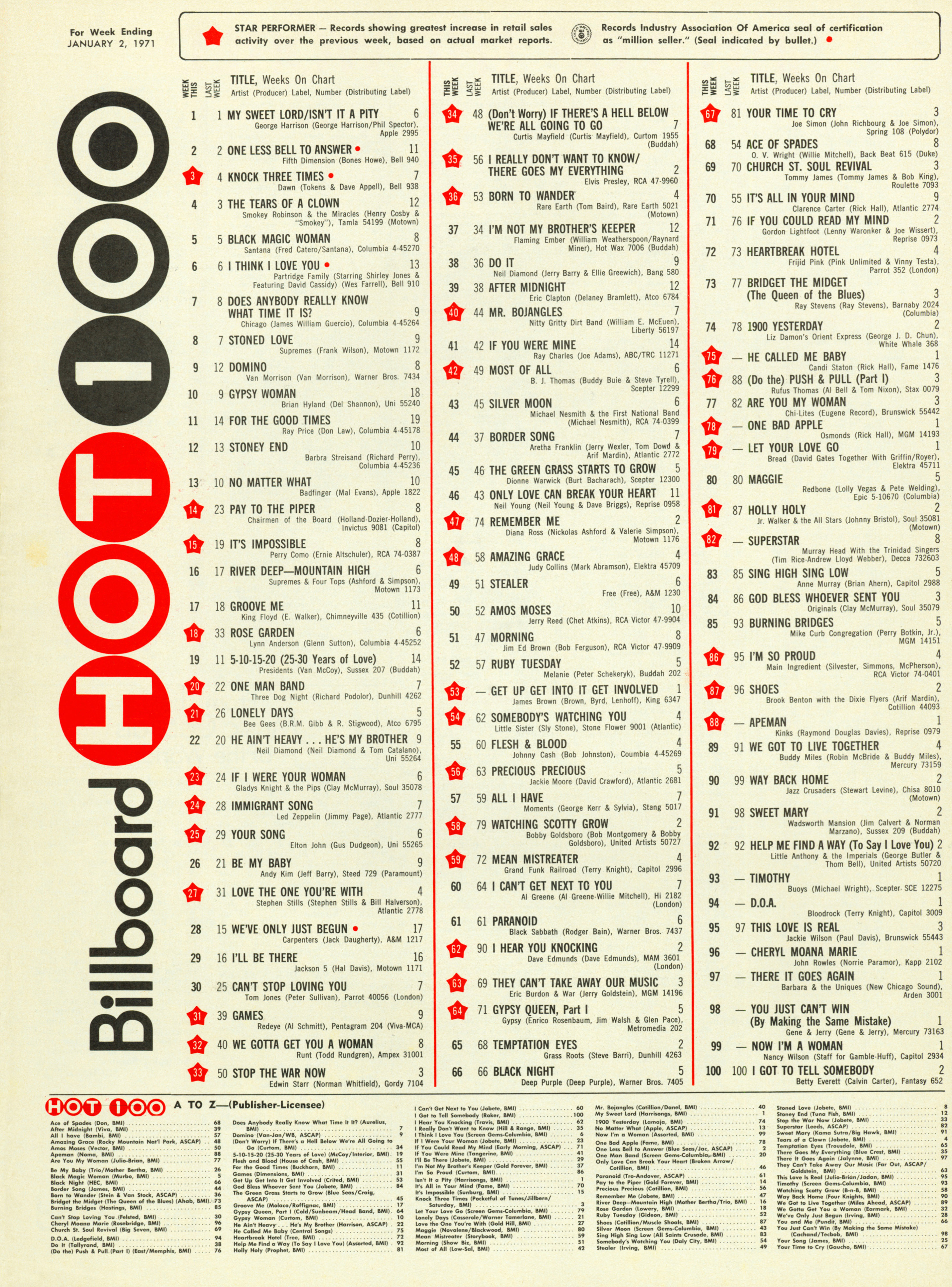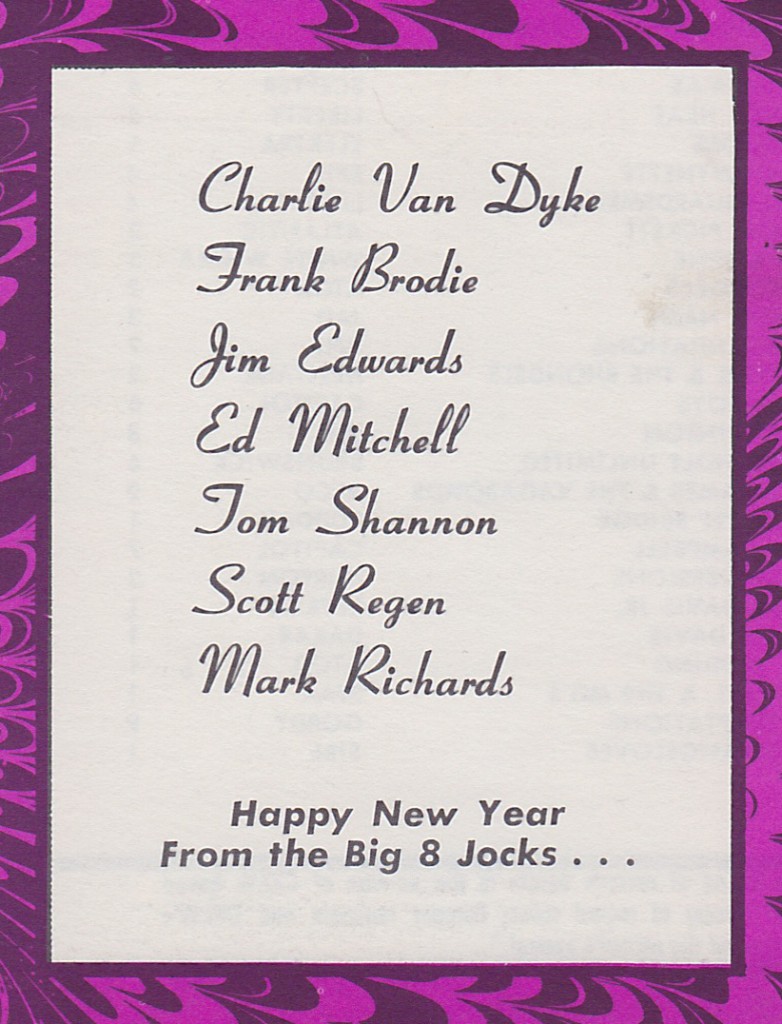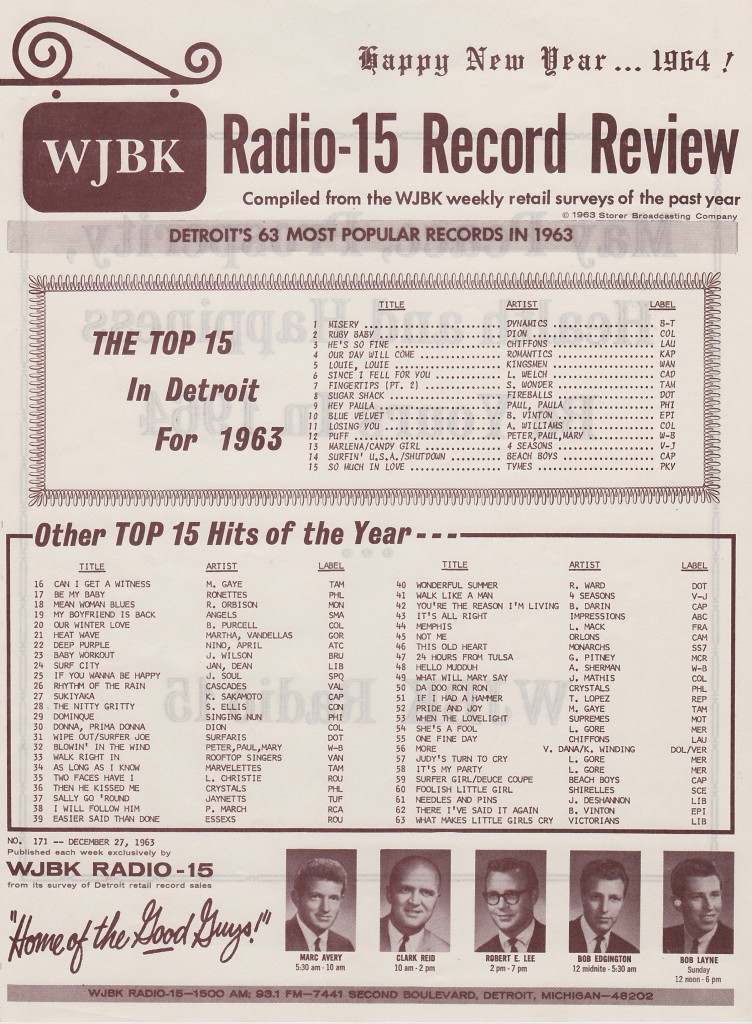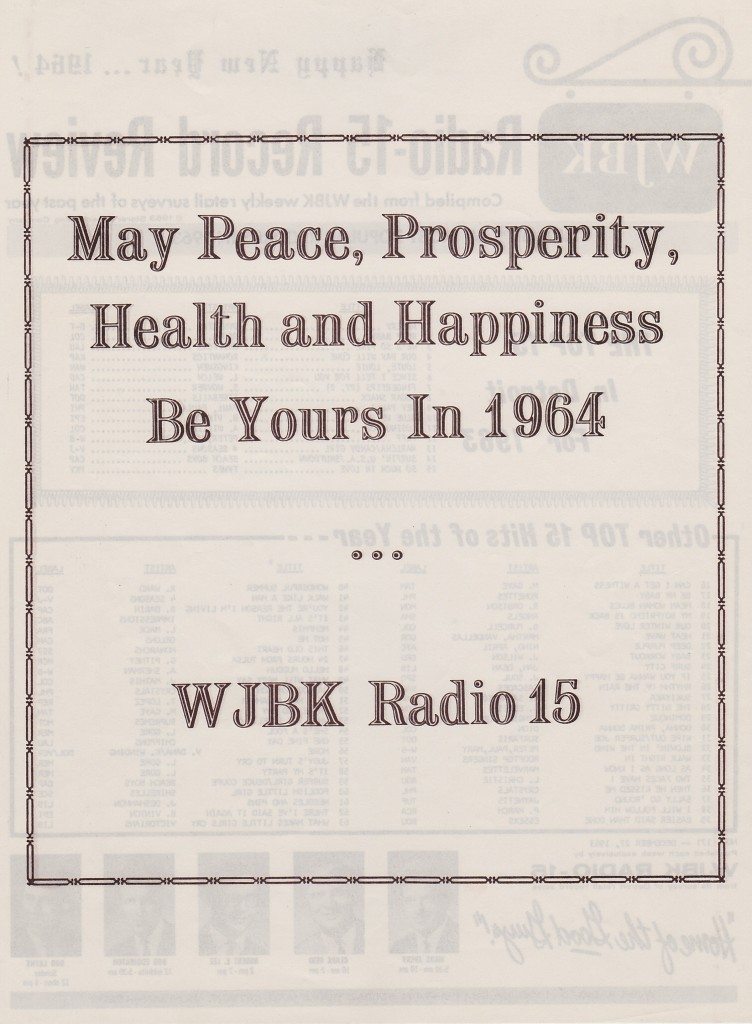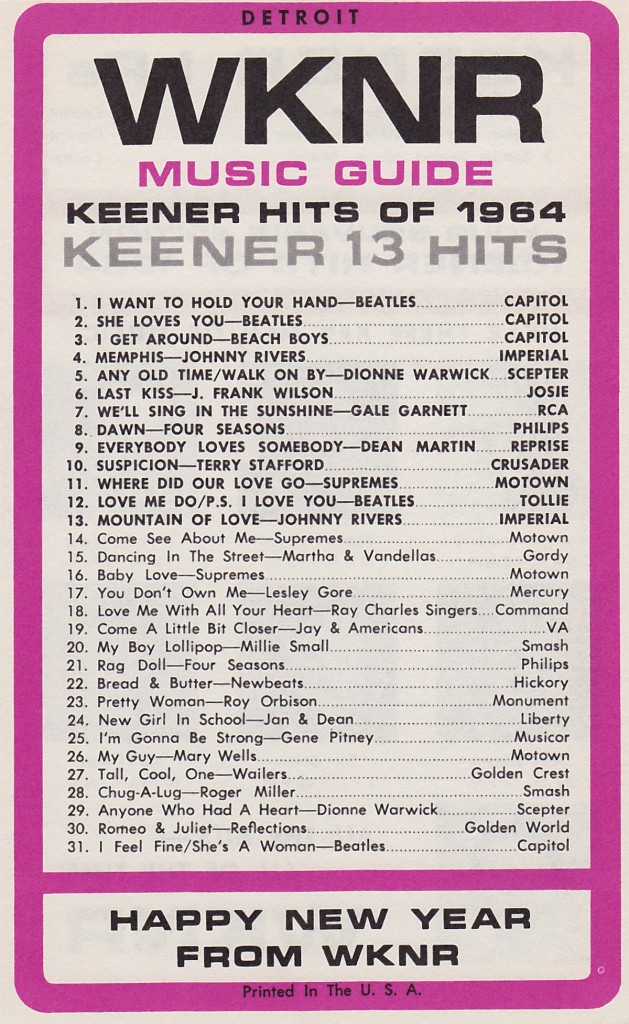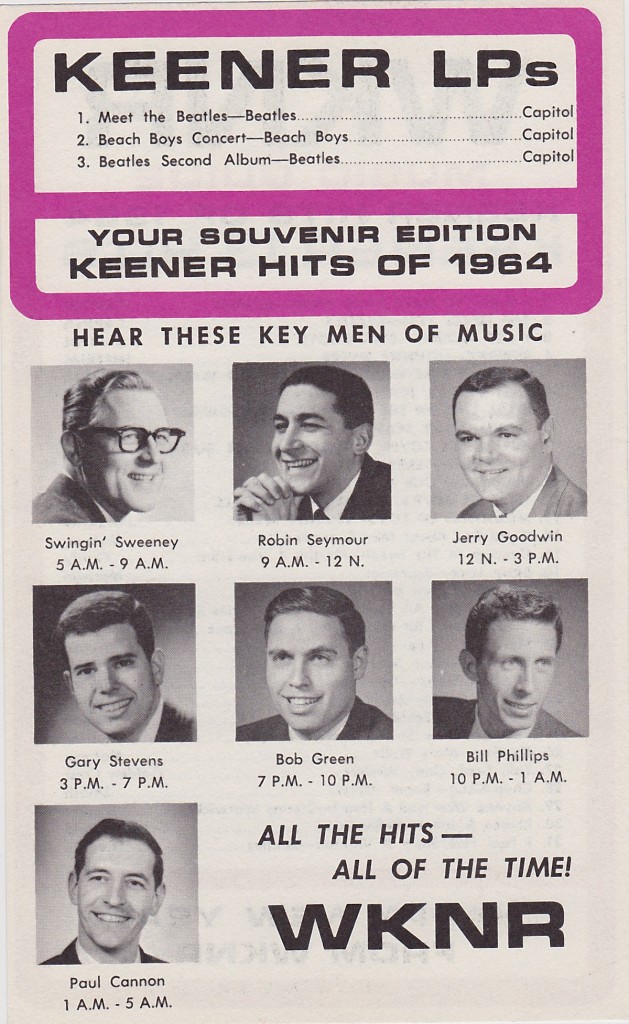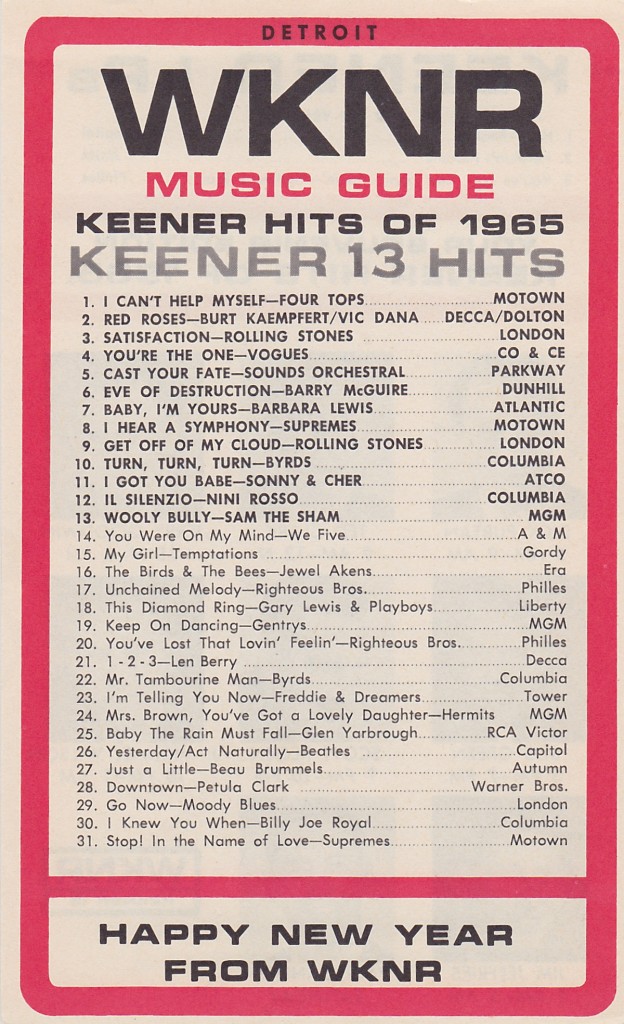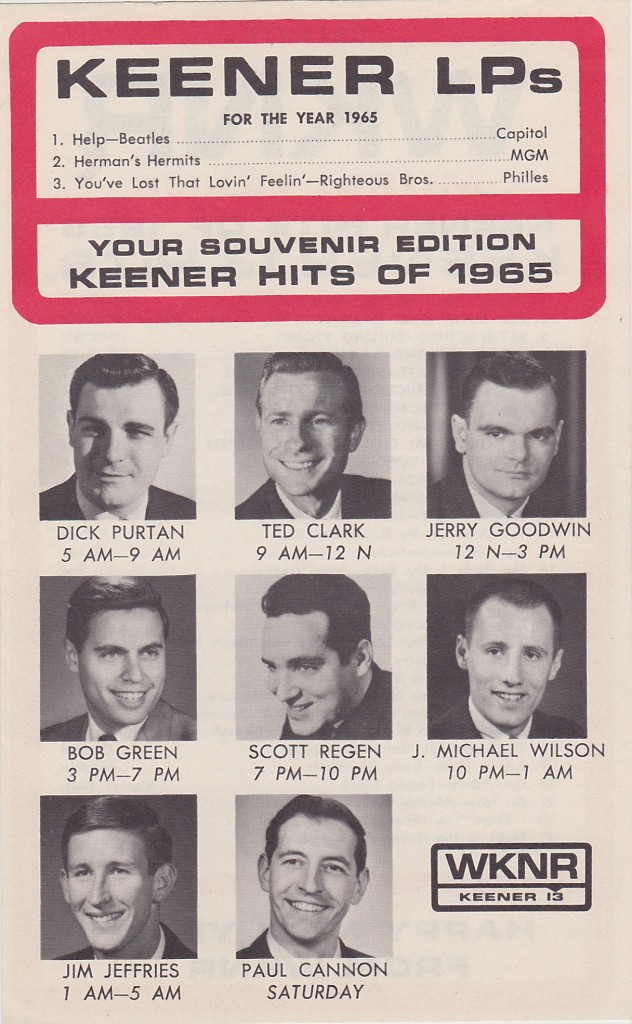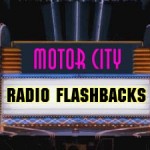 From the MCRFB news archives: 1963
From the MCRFB news archives: 1963
Beach Boys Move From Surf To New Street Rod Sound
NEW YORK — With three albums solid (and chart entries) and what looks like growing teenage acceptance, record companies are moving out of the surf and on to the track. There is a heavy emphasis of rock product that features gunning engines, peculiar jargon and rolling beat of what looks like the next big teenage fad — hot rod music.
One of the first labels to leap from the crest of the surf wave on to the hot rod track was Capitol Records. The firm’s Beach Boys made the transition without grinding gears, roaring from a string of surf hits to their first behind the wheel and engine groove, “Little Deuce Coupe.” The LP has followed the smash single up the chart.
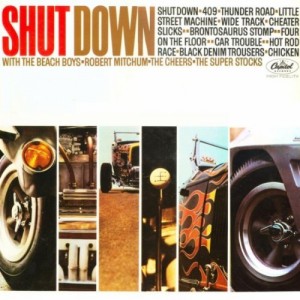
“Shutdown” is another Capitol album that has ridden on the charts for some time, and has given the label an indication what the new swing was about. It contain various artists in hot rod garb. The label also has its West Coast surfing personality, Dick Dale, swinging in on the street rod popularity with his first hot rod LP.
Capitol is pushing hard with promotions behind the hot rod build. The label is supplying disc jockeys with a wide variety of material which includes sweatshirts carrying similar type drawings to those shown on the album covers.
The deejay kits also carry literature about hot rodding, including a pamphlet that explains the jargon and information regarding the organization of the National Hot Rod Association. In addition, deejays are being supplied with copies of the automotive publication, Hot Rod. In New York, the Capitol distributors are working closely with the hot rod club in Hempstead, and also with the Dick Clark Show. Still another part of the kit contains a sampler LP of hot rod music on the label. In addition to these LP’s, Capitol has two albums on the market that features the sounds of actual hot rodders in motion.
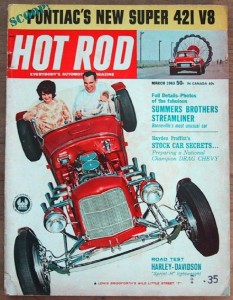
Regional breakout listing this week shows that the “Hot Rod City” LP on the Vault record label is coming in for a share of the action. This is another West Coast label making the transition from surf to road without a hitch. Vault is being distributed by Atco Records nationally and plans are in the works for special promotions with disk jockeys. Part of the national promotion being planned is a nationwide contest which would offer hot rod racing gear prizes to winners. These would be worked out with radio deejays on a regional basis.
A flood of singles product on a wide variety of labels has developed over the last month. Del Fi and a few other labels came roaring in with albums featuring the new motor sound. END.
(Information and news source: Billboard; November 23, 1963).
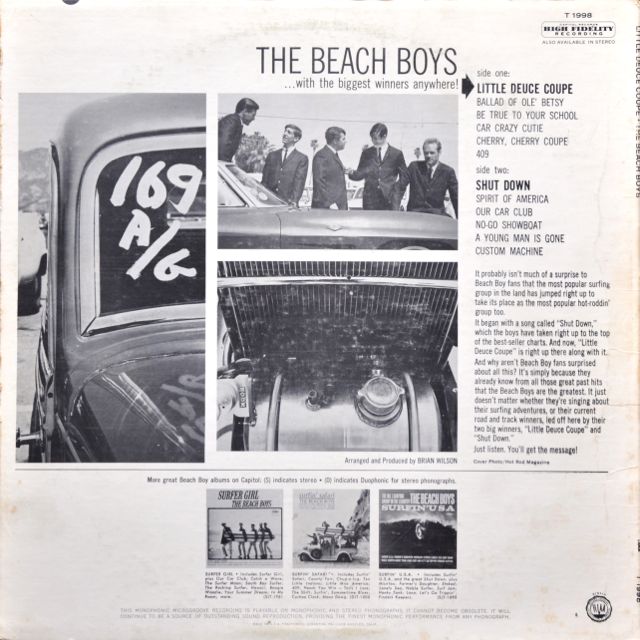
WKNR-AM — Bob Green Hot Rod Kits Giveaway — February, 1964
Addendum: In this MCRFB featured WKNR aircheck, Bob Green is heard promoting WKNR’s 200 Capitol Records ‘Hot Rod Kits’ giveaway at Korvette’s Department Store, located on Telegraph Rd., at W. Chicago. The date was February, 1964. (Click link for 6:05 audio).
![]()
